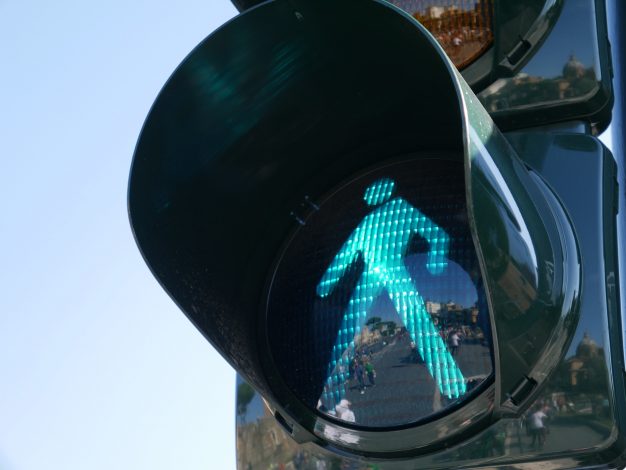
EU countries moving towards ‘pedestrian-friendly’ future
Children who walk or cycle to school in Berlin will benefit from a newly-passed pedestrian law in the city designed to shift the priority away from cars and towards the interests of vulnerable road users.
Berlin’s state parliament introduced at the end of January an amendment to a 2018 law that focused on improving traffic safety for cyclists.
The new requirements include safer routes to schools, longer green lights for pedestrians and more pedestrian crossings. Kerbs will be lowered to make them more accessible, and construction sites must make sure that pedestrians and cyclists can safely navigate around them. Berlin’s policymakers will also have the powers to crack down harder on illegal parking and dangerous driving.
‘Putting pedestrians and cyclists first’
Greece’s government meanwhile has launched an ambitious new national road safety action plan, at the heart of which is a target of halving road deaths by the year 2030. It will be overseen by a Governmental Road Safety Committee. Click here for more on the action plan.
The European Transport Safety Council says the modal priority in urban areas should put pedestrians and cyclists first, followed by public transport and then private motor vehicles.
It comes as members of the European Parliament prepare to have their say on the European Union’s road safety strategy for the next decade. A report is due out this month, and the ETSC is advising MEPs on a range of areas, with a focus on interventions that do the most the cut death and injury on the roads. Greek MEP Elena Kountoura is leading the parliament’s work on the report.
Click here for more information and further links about the strategy.




